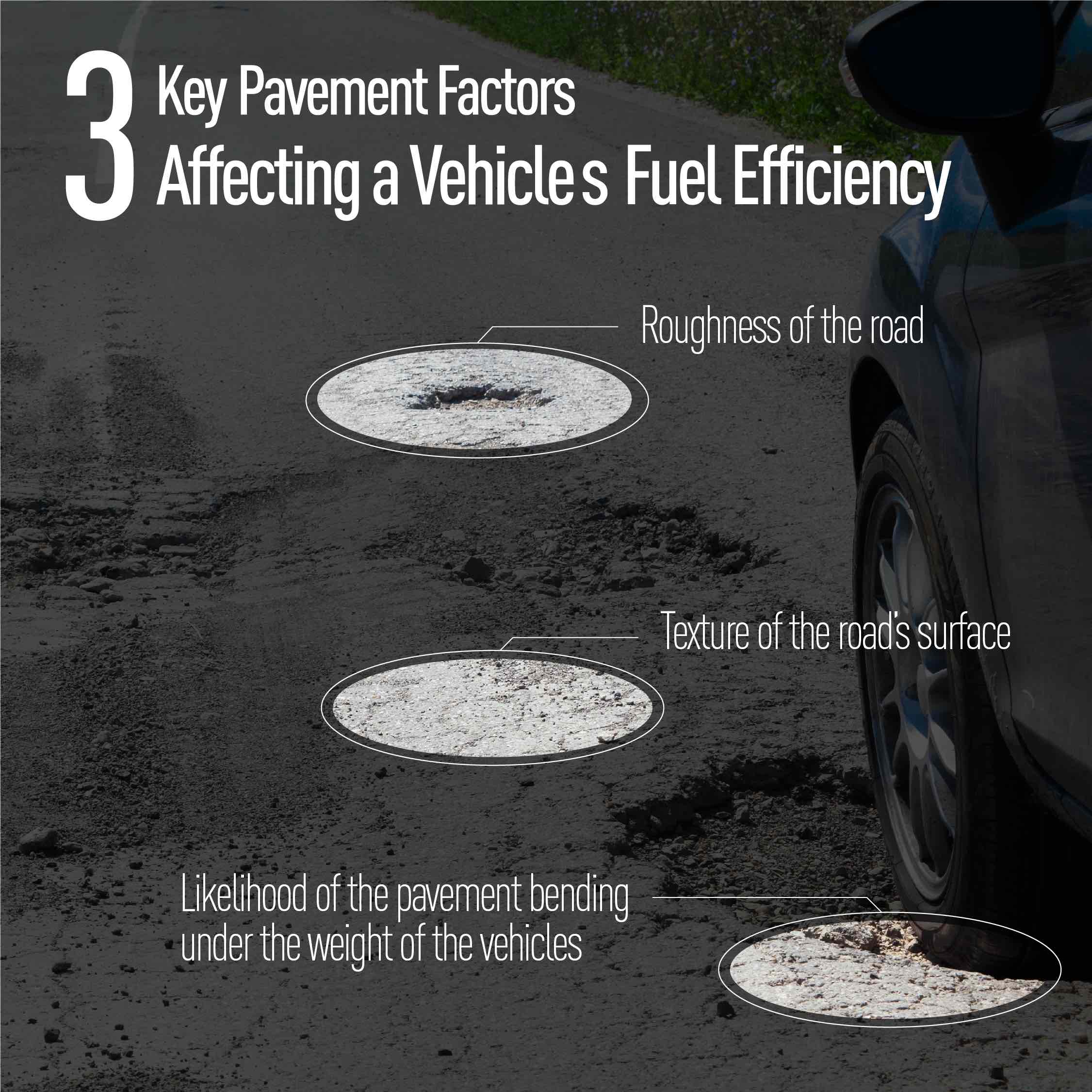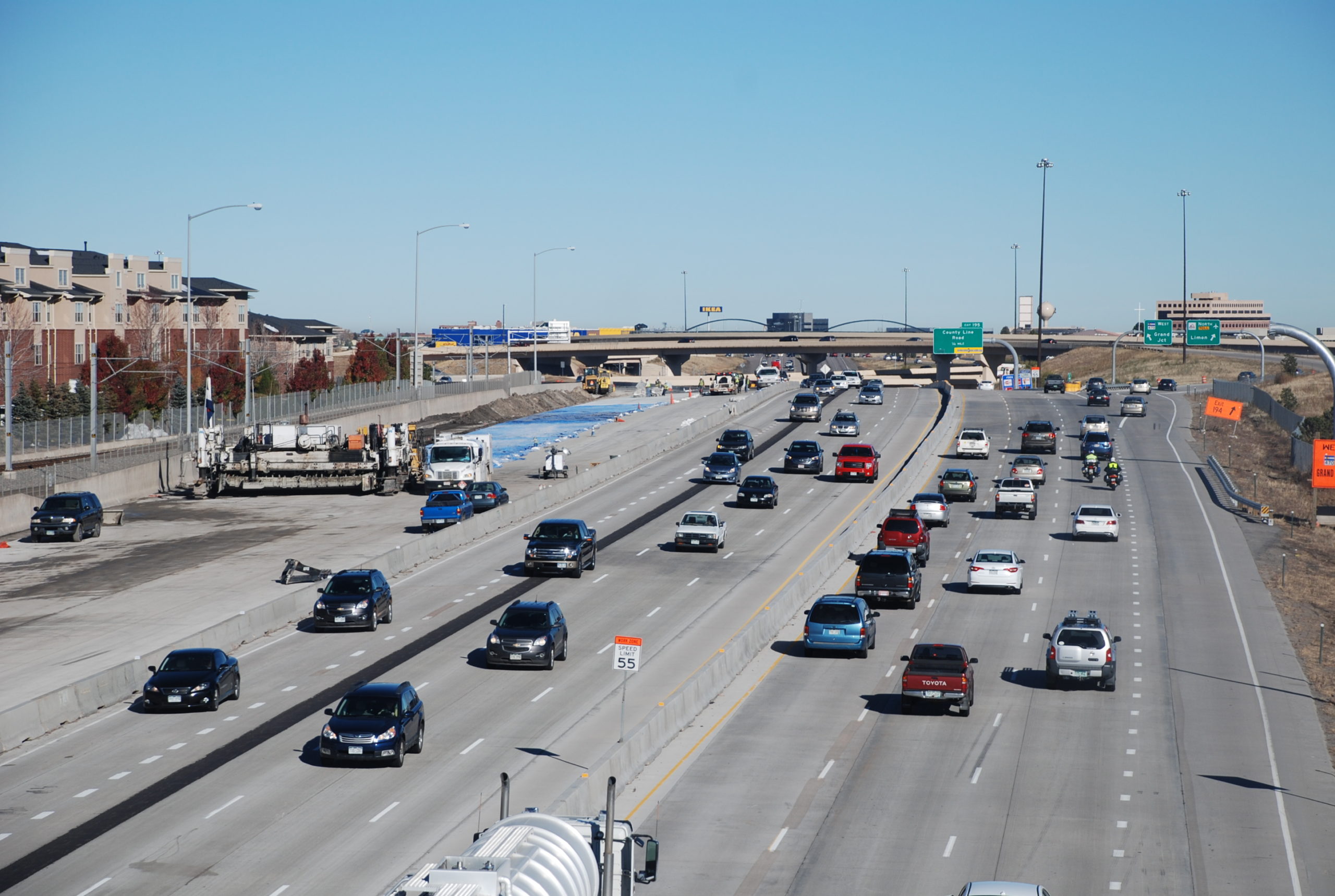The role of concrete in improving the efficiency of our roads
Fuel consumption and related emissions from vehicles depend on a number of factors like the size of the vehicle and the type of engine, but most drivers might be surprised to learn that the quality of the roads we drive on also impacts the amount of fuel our vehicles use. On roads where surface conditions are poor, vehicles consume more fuel beyond what is actually needed to move, which leads to excess fuel consumption and emissions.
Damaged city roads can increase the amount of fuel used – and the associated greenhouse gas emissions – by as much as 15%.[1]
Concrete offers the most fuel-efficient pavement option. Because of its rigidity, concrete pavement can enhance the fuel efficiency of vehicles that travel on concrete pavement roads when compared to other pavements, and due to its durability, it requires less frequent maintenance and doesn’t wear down as quickly as other pavements.
If concrete pavements were used by the entire U.S. road system, fuel consumption is estimated to decrease by 3% nationwide, which corresponds to a reduction of approximately 46.5 million metric tons of greenhouse gas emissions.[2]

Three key pavement factors affect a vehicle’s fuel efficiency
- The roughness of the road, commonly seen and felt as cracks and potholes
- The texture of the road’s surface, which impacts traction when wet
- The likelihood that the pavement will bend under the weight of the vehicles
As these three factors create additional, unnecessary friction for vehicles and reduce their fuel efficiency, optimizing pavement conditions can reduce carbon dioxide emissions. There are two strategies for creating more optimal pavement conditions: build stiffer pavements and maintain smoother pavements – and concrete pavement offers both.
Facts and stats
Studies across the U.S. have shown the impact of poor pavements:
- An analysis of approximately 50,000 miles of highway in California found that over a five-year period 1 billion gallons of excess fuel was used.
- A study of 5,000 miles of Virginia’s interstate highways found that excessive fuel consumption resulted in 1 million tons of carbon dioxide over a seven-year period.
- When looking at 40-ton trucks (used for freight and trucking), decreasing the impacts of deflection through stiffer roads can lead to a fuel savings of up to 4%, which translates to 2 million tons of carbon dioxide.
For additional information, please visit the MIT Concrete Sustainability Hub.
For more information about the sustainability properties of concrete, visit Sustainability Practices in the Cement and Concrete Industry.
